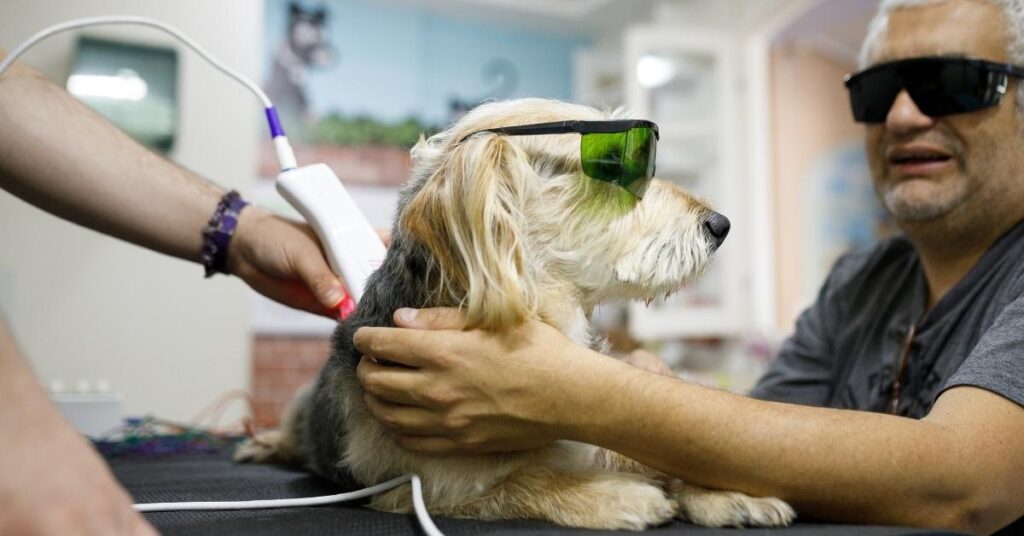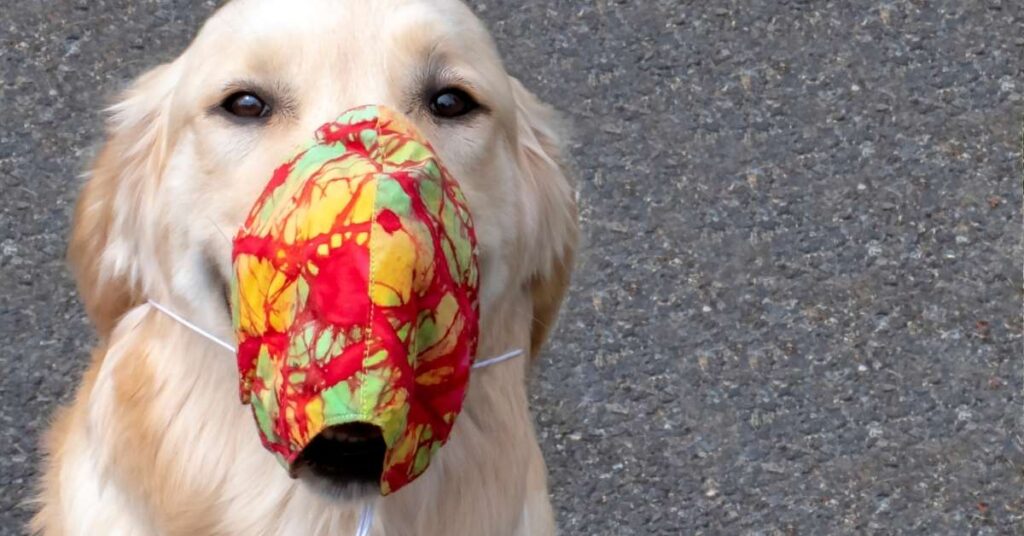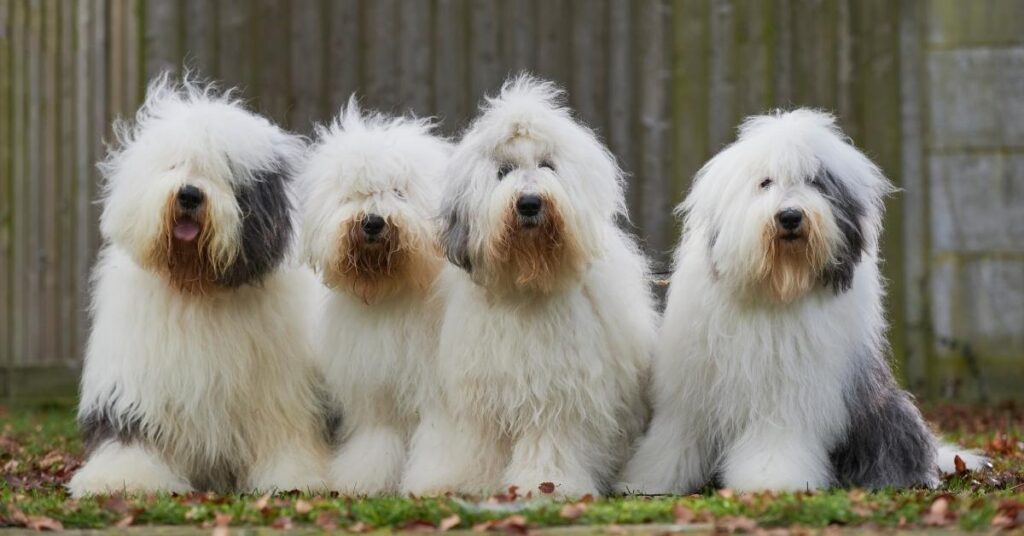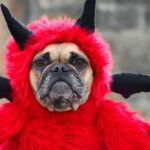Now Reading: Merle Breed Dogs: The Most Hypnotic Coat Pattern in the Dog World
- 01
Merle Breed Dogs: The Most Hypnotic Coat Pattern in the Dog World
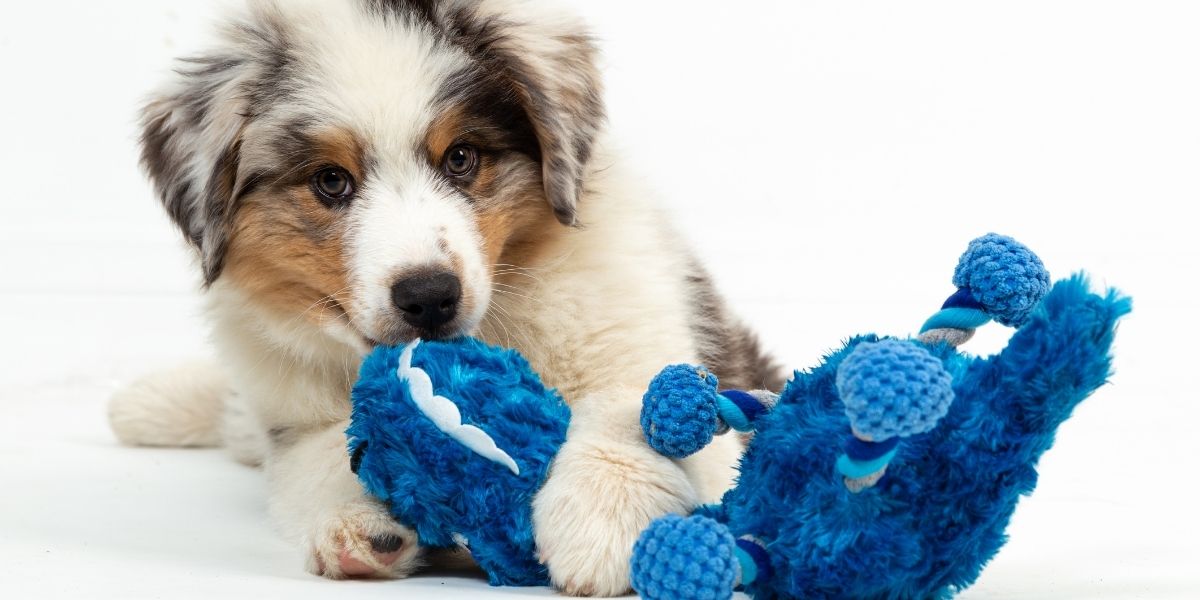
Merle Breed Dogs: The Most Hypnotic Coat Pattern in the Dog World
Nature’s Living Artwork
Ever seen a dog whose coat looks painted by an artist — splashes of gray, blue, red, and black melting together like watercolor? That’s the mesmerizing charm of merle breed dogs. Their coats turn heads, spark conversations, and make you wonder — how did nature create something this stunning?
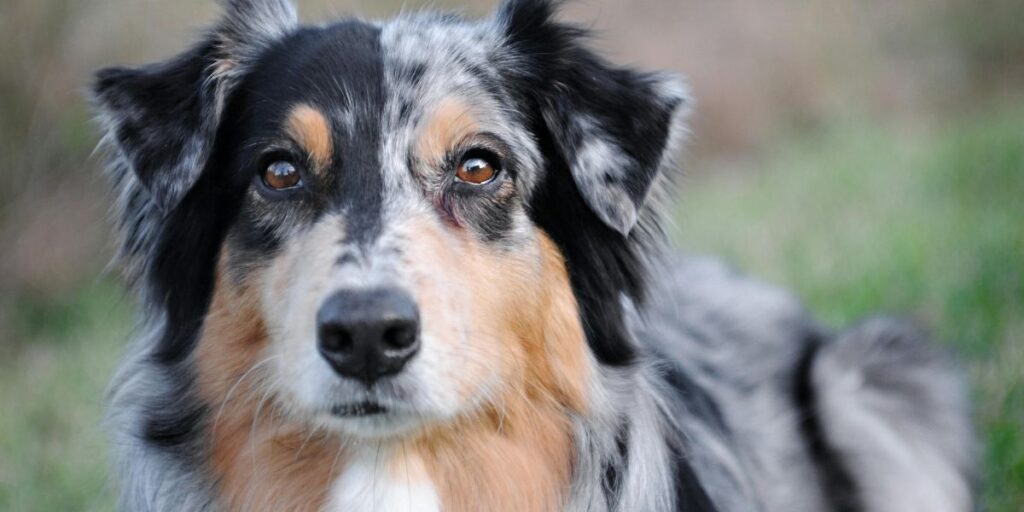
Must Read: Best Guide to Dog Show San Antonio TX: Prepare Yourself Guys!
But behind the beauty lies fascinating genetics, unique personality traits, and a few important facts every future merle dog parent should know. So, let’s unpack the story of merle breed dogs — together.
What Exactly Are Merle Breed Dogs?
Simply put, merle breed dogs have a special gene that changes how pigment appears in their coat, eyes, and even skin. This creates that signature “marbled” effect you see — a mix of light and dark patches that give each pup a one-of-a-kind look.
The merle color in dogs isn’t just one shade. It can appear in blue, red, chocolate, or lilac tones — depending on their breed and genes. That’s why no two merles ever look the same!
The Science Behind the Merle Pattern
The merle pattern happens when a gene called “M” dilutes random sections of color in a dog’s coat. Imagine painting a solid-colored dog, then gently brushing away parts of that color to reveal lighter patches underneath — that’s merle magic.
But this genetic beauty comes with a rule: when two merle dogs breed, their puppies can inherit double merle genes — which sometimes lead to hearing or vision problems. So, ethical breeding matters a lot here.
Blue Merle Dogs — The Most Iconic Look
You’ve probably seen the blue merle dog — a show-stopper with grayish-blue fur mixed with black patches and crystal-blue eyes. Breeds like Australian Shepherds, Border Collies, and Shelties often carry this coat.
Despite the name, their fur isn’t truly blue — it’s just a beautiful optical illusion created by the way the diluted black pigment reflects light.
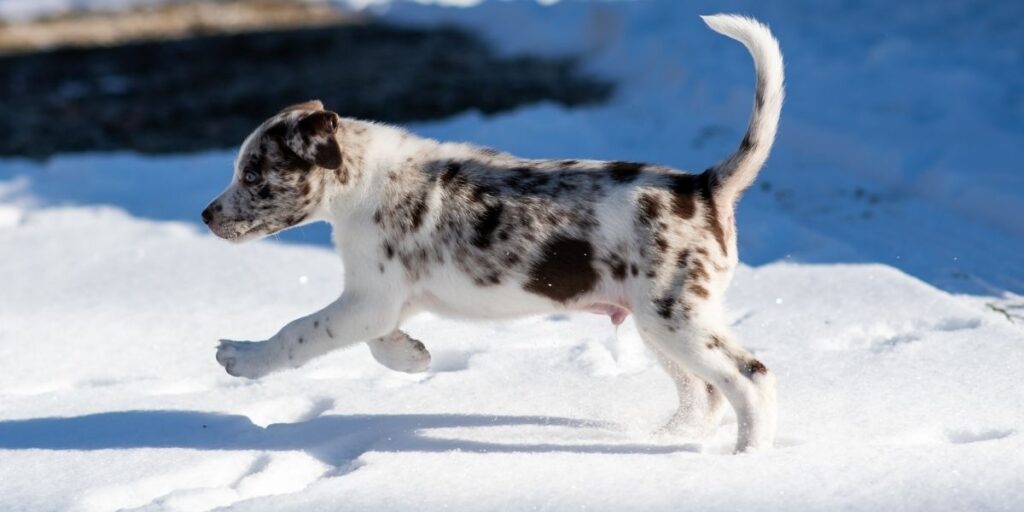
Popular Merle Breed Dogs
If you’ve fallen in love with this pattern, here are some merle breed dogs you’ll adore:
- Australian Shepherd
- Border Collie
- Great Dane
- Dachshund
- Catahoula Leopard Dog
- Cardigan Welsh Corgi
- Shetland Sheepdog
Must Read: 10 Easy tips to keep your aussiedoodle happy and healthy
Each of these breeds carries the merle coat dog pattern differently — from subtle speckles to bold splashes.
Are Merle Dogs Rare?
Not exactly rare, but definitely special! Some breeds naturally carry the merle color in dogs, while others don’t have it at all. For example, you’ll see it often in herding breeds, but not in retrievers or huskies.
Because of their stunning looks, merles can be in high demand — but remember, responsible breeding is key. A healthy merle is a happy merle!
Temperament and Personality of Merle Breed Dogs
Here’s the fun part — while the merle pattern changes a dog’s appearance, it doesn’t define their personality.
Merle dogs are just like any other pups of their breed — energetic, smart, loyal, and full of personality. Whether it’s a playful Corgi or a watchful Aussie Shepherd, what makes them shine is their spirit, not just their coat.
Health Considerations in Merle Dogs
It’s important to know that merle genetics can sometimes affect health — particularly if both parents are merle. Double merle puppies can face:
- Partial or complete deafness
- Vision issues
- Sun sensitivity
That’s why you should always adopt or buy from reputable breeders who test for merle genetics. Love their color — but protect their health first.
Caring for a Merle Coat
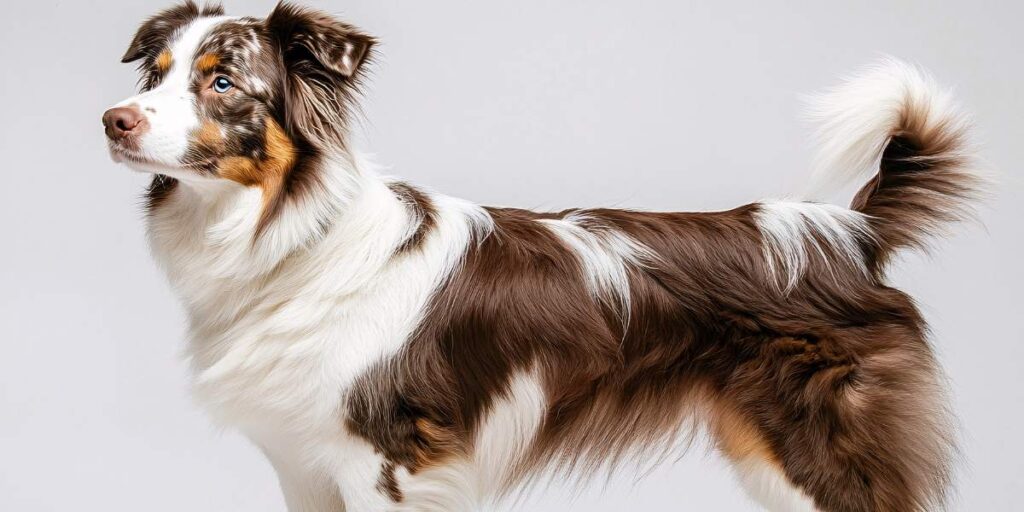
Merle coats are striking, but they need love and care just like any other fur type. Here’s how to keep your merle coat dog glowing:
- Brush regularly to highlight their pattern and reduce shedding.
- Use mild shampoos to avoid fading the colors.
- Limit harsh sunlight exposure if your merle has sensitive skin.
Small steps, big results — their natural pattern will thank you!
Why People Fall in Love with Merle Breed Dogs
There’s something almost magical about merle breed dogs — those piercing eyes, those swirling patches of color, that “wow” factor when they walk by.
But what truly makes them special isn’t just the coat — it’s their energy, loyalty, and the way they carry that uniqueness with pride.
Each merle is living proof that no two forms of beauty are the same.
Parting Note: Merle Breed Dogs Are More Than Just Looks
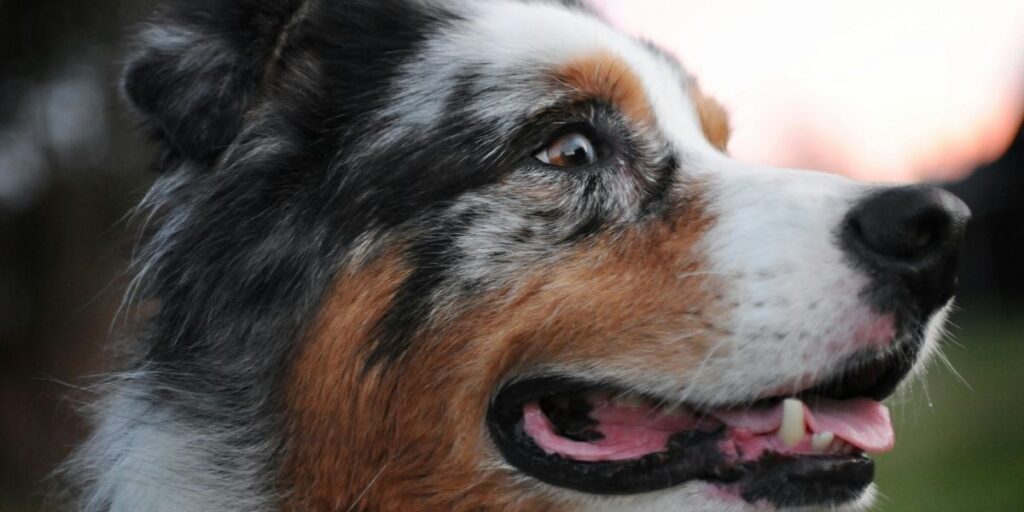
To sum it up — merle breed dogs are walking pieces of art. Their coat tells a story of nature, genetics, and pure beauty. But remember, beneath that stunning pattern is a loving dog who craves attention, care, and understanding.
If you’re lucky enough to have one, cherish them — not just for their looks, but for the heart that beats inside that beautiful fur.
Because every merle, from the blue merle dog to the spotted Corgi, deserves to be celebrated — not just admired.
FAQs
Their unique gene causes lighter and darker patches of color, giving them that marbled “merle” look.
Yes, as long as they come from responsible breeding. Double merles can face health issues like deafness or vision loss.
Australian Shepherds, Border Collies, Great Danes, Dachshunds, and Catahoula Leopard Dogs are the most common merle breed dogs.
Absolutely! They’re loyal, smart, and affectionate — just like any other well-bred, well-raised dog.
In a nutshell: Merle dogs aren’t just pretty — they’re proof that nature knows how to make art out of fur. Treat them well, love them deeply, and they’ll color your world in ways you’ll never forget.

